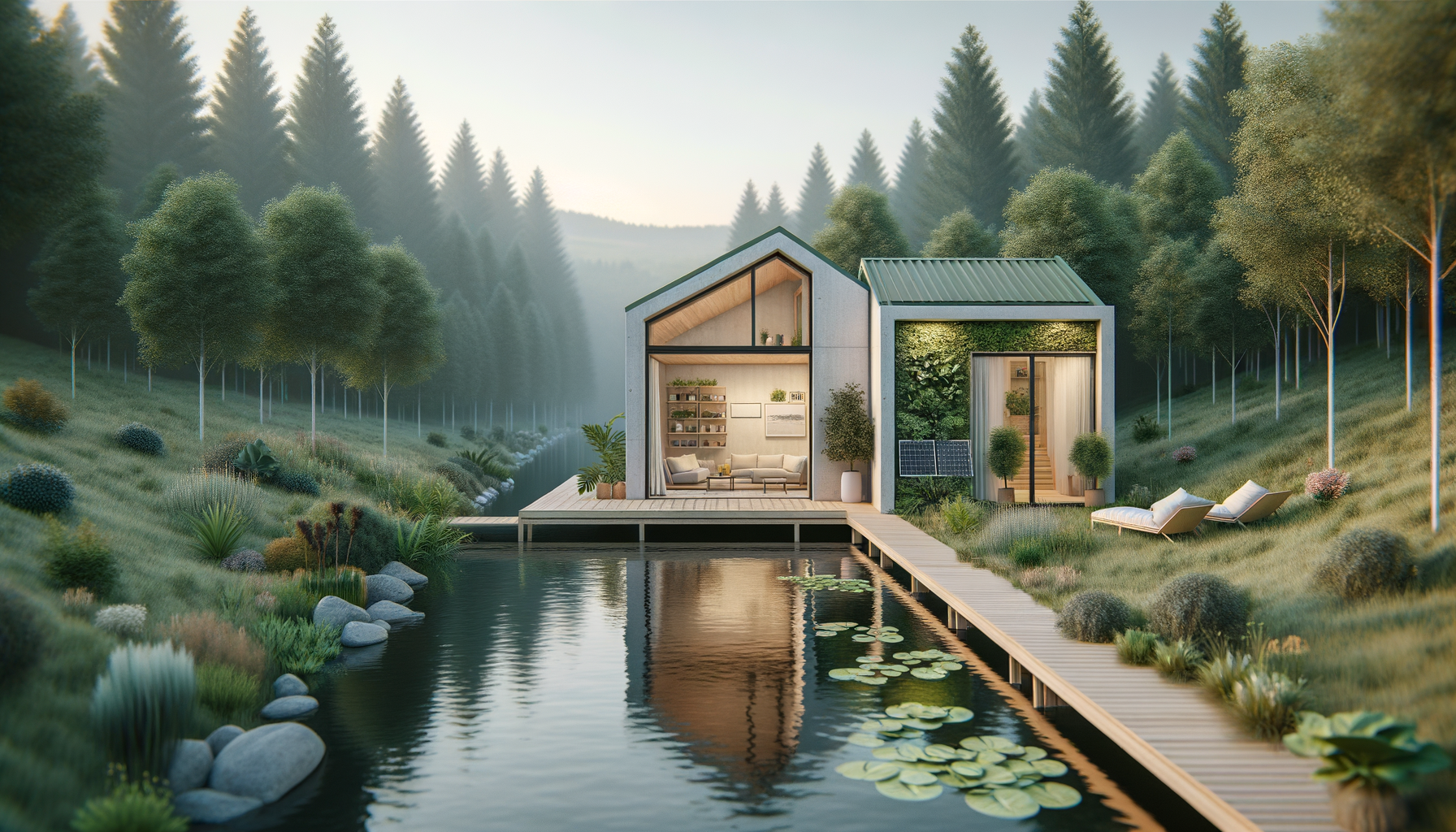Maximizing Freedom and Simplicity: Embracing the Tiny House Lifestyle

Embracing Tiny House Living: A Path to Simplicity and Freedom
Tiny house living has surged in popularity as more individuals seek a simpler, more sustainable lifestyle. Shrinking living spaces offer numerous benefits, from reduced expenses to a lighter environmental footprint. Whether you’re downsizing to save money or pursuing minimalism, tiny houses provide a versatile solution.
Benefits of Tiny House Living
- Affordability: Tiny houses typically cost a fraction of traditional homes, allowing homeowners to invest savings elsewhere.
- Environmental Impact: Smaller living spaces consume fewer resources, promoting sustainability.
- Mobility: Many tiny houses are built on trailers, offering the freedom to relocate as desired.
- Minimalism: Living in a small space encourages decluttering and prioritizing essential items.
Designing Your Tiny Home
Effective design is crucial in maximizing the utility of a tiny house. Here are essential tips for creating a functional and comfortable space:
- Multi-Functional Furniture: Use pieces that serve multiple purposes, such as a bed with storage drawers.
- Vertical Space: Utilize vertical storage solutions to keep the floor area open.
- Natural Light: Incorporate large windows to make the space feel larger and more inviting.
- Minimalist Aesthetic: Opt for simple designs and a neutral color palette to enhance the sense of space.
Challenges of Tiny House Living
While tiny houses offer many advantages, they also come with unique challenges:
- Limited Space: Adjusting to smaller living quarters requires significant lifestyle changes.
- Zoning Laws: Navigating local regulations can be complex when placing a tiny house.
- Storage Constraints: Finding space for belongings necessitates thoughtful organization.
Living in a tiny house isn’t just about having a smaller home; it’s about maximizing every inch and embracing a minimalist mindset.
Making the Transition
Transitioning to tiny house living involves careful planning and consideration:
- Assess Your Needs: Determine what essentials you require and what can be reduced.
- Plan Your Layout: Design a space that efficiently uses every corner and includes necessary amenities.
- Budget Wisely: Allocate funds for building or purchasing your tiny home, factoring in potential customization costs.
- Seek Community: Engage with tiny house communities for support and shared resources.
Conclusion
Tiny house living represents a shift towards more mindful and sustainable living. By embracing minimalism, optimizing space, and reducing expenses, individuals can achieve greater freedom and satisfaction. Whether you’re drawn to the simplicity, the mobility, or the eco-friendly aspects, tiny houses offer a compelling alternative to traditional living arrangements.